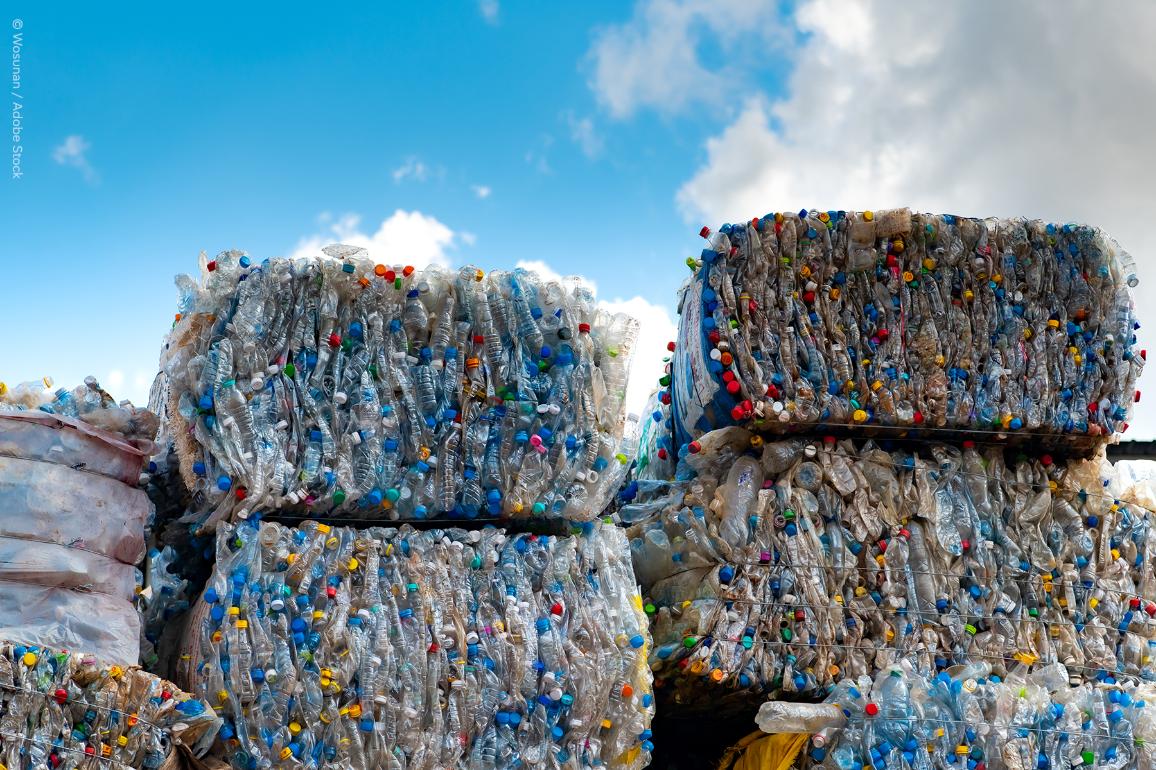Copyright © 2023. All rights reserved Green Harvest Energy Ltd.
Lize SOHO, Building 1, Yard 20, Lize Road, Fengtai District, Beijing
Telephone:15611817788 Zip code:100073 Email:ghe@ghe-cn.com
 Release time:2024-06-26
Release time:2024-06-26
 Number of views:
number
Number of views:
number
Cheap and durable plastics are widely used, but their soaring popularity has been accompanied by growing amounts of plastic waste and marine litter, which affects the environment and people's health.
In 2021, each person living in the EU generated 36.1 kilos of plastic packaging waste on average. Out of these, about 14.7 kilos per person were recycled. Between 2010 and 2021, the volume of plastic packaging waste generated per inhabitant increased by about 29% (+8.1 kilos per person).
The plastic waste that doesn't get recycled either goes to landfill, is incinerated, or ends up uncollected in nature, including on beaches or in forests, rivers and seas.
In 2023, the EU launched several initiatives to address packaging waste and microplastics pollution. These efforts complemented earlier action, such as the ban of single-use plastics in 2019.
In a bid to tackle plastic pollution, the European Commission proposed a plastics strategy in January 2018 with the aims of ensuring that by 2030 every piece of plastic packaging can be reused or recycled, as well as of reducing the consumption of single-use plastics and the use of micro-plastics.
To tackle the constantly growing packaging waste, in April 2024 Parliament approved new rules to reduce, reuse, and recycle packaging. Before its entry into force, the Council will now need to formally approve the agreement.
The new rules include:
New reduction targets: all EU countries must achieve a 5% reduction in packaging waste by 2030 compared to 2018, then a reduction of 10% by 2035 and 15% by 2040.
Ban on certain single-use plastics: from 1 January 2030, specific types of single-use plastic packaging will be banned, including plastic bags used for unprocessed fresh fruit and vegetables, or packaging for foods and beverages consumed in cafés and restaurants.
Recyclable packaging: almost all packaging will have to be recyclable under the new rules. Any plastic packaging will have to include a minimum percentage of recycled content from plastic waste. EU countries will have to take measures to attain specific recycling targets for packaging waste.
Collection systems for recycling: By 2029, 90% of single-use plastic and metal beverage containers must be collected separately, ensuring efficient recycling processes.
Microplastics are very small particles (<5mm) of plastic material. They are found in growing quantities in the ocean, but also in food and drinks.
In April 2024, MEPs adopted its position on a legislative proposal that should impose obligations on companies handling plastic pellets to avoid losses and contain spills, if they occur. The file will be followed up by the new Parliament after the European elections in June 2024.
In 2019 Parliament approved a new law banning single-use plastics such as cutlery, plates and balloon sticks, and requiring goods packaging companies to contribute towards the cost of cleaning up discarded plastics.
Legislation restricting lightweight plastics bags was adopted by Parliament in 2015.